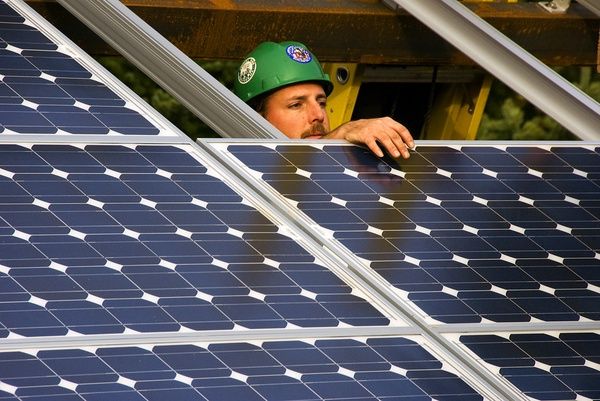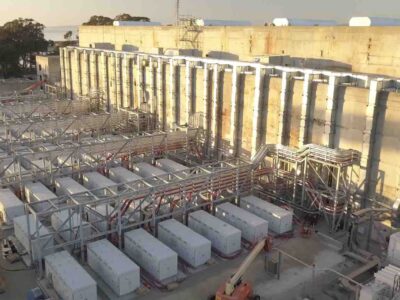Clean Energy Tax Credits Aim to Lower Emissions, Lift Economic Growth
The Inflation Reduction Act (IRA), signed into law in August 2022, represented one of the most sweeping environmental bills in recent memory. It committed nearly $400 billion in federal investment in clean energy, with the goal of “substantially reducing” U.S. carbon emissions by the end of the decade, according to a report from McKinsey & Co.
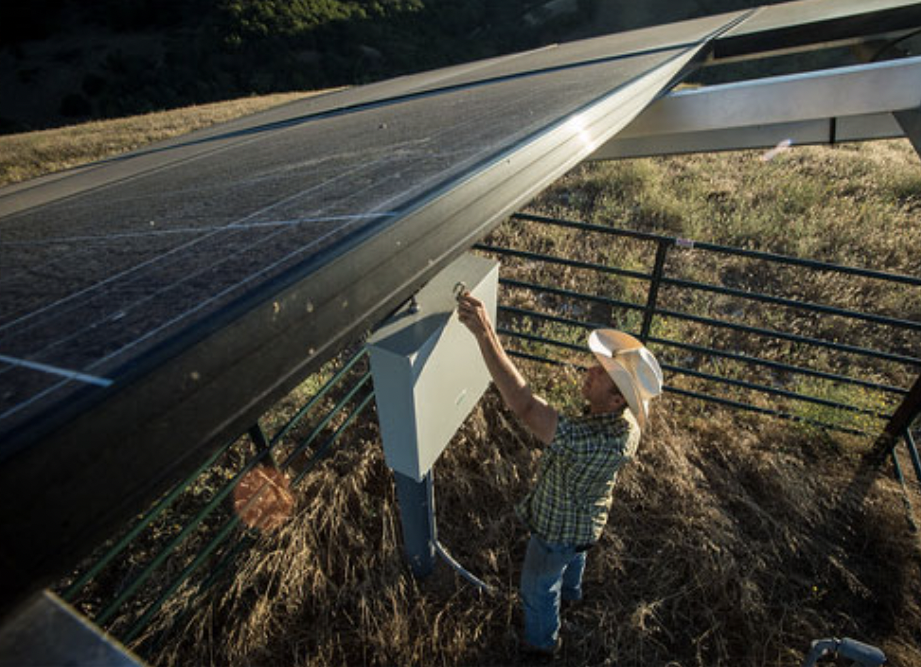
Photo Courtesy Energy Innovation Policy & Technology LLC
The IRA also allocated funds “directly to environmental justice priorities and requires recipients of many funding streams to demonstrate equity impacts,” McKinsey noted.
According to estimates from the Congressional Budget Office, the bill could reduce federal budget deficits by $237 billion over the next decade.
To help speed the process along, the IRA includes federal clean energy tax credits designed to incentivize more investment in renewable energy technologies and infrastructure. Those credits are already “transforming” the U.S. economy, according to a recent analysis by Energy Innovation Policy & Technology LLC, a non-partisan energy and climate policy think tank.
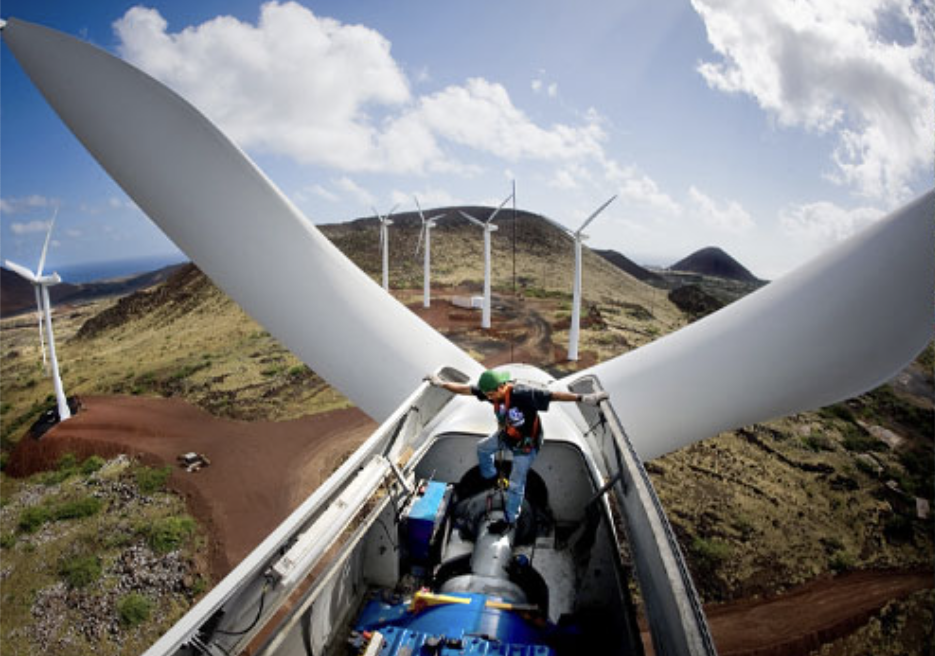
Photo Courtesy Energy Innovation Policy & Technology LLC
The organization estimates that energy credits have already generated nearly $250 billion in project announcements that could create more than 140,000 new jobs. Prior modeling by Energy Innovation showed that IRA tax credits “could increase the U.S. GDP up to $200 billion and create up to 1.3 million jobs nationally by 2030.”
According to a May 18 Energy Innovation press release, researchers used the organization’s open-source and peer-reviewed Energy Policy Simulator to study potential state-level benefits from the Inflation Reduction Act on economic growth, jobs, and public health in the 48 contiguous states. The analysis focused on clean electricity and clean vehicle tax credits “given their outsized impact on jobs and the economy.”
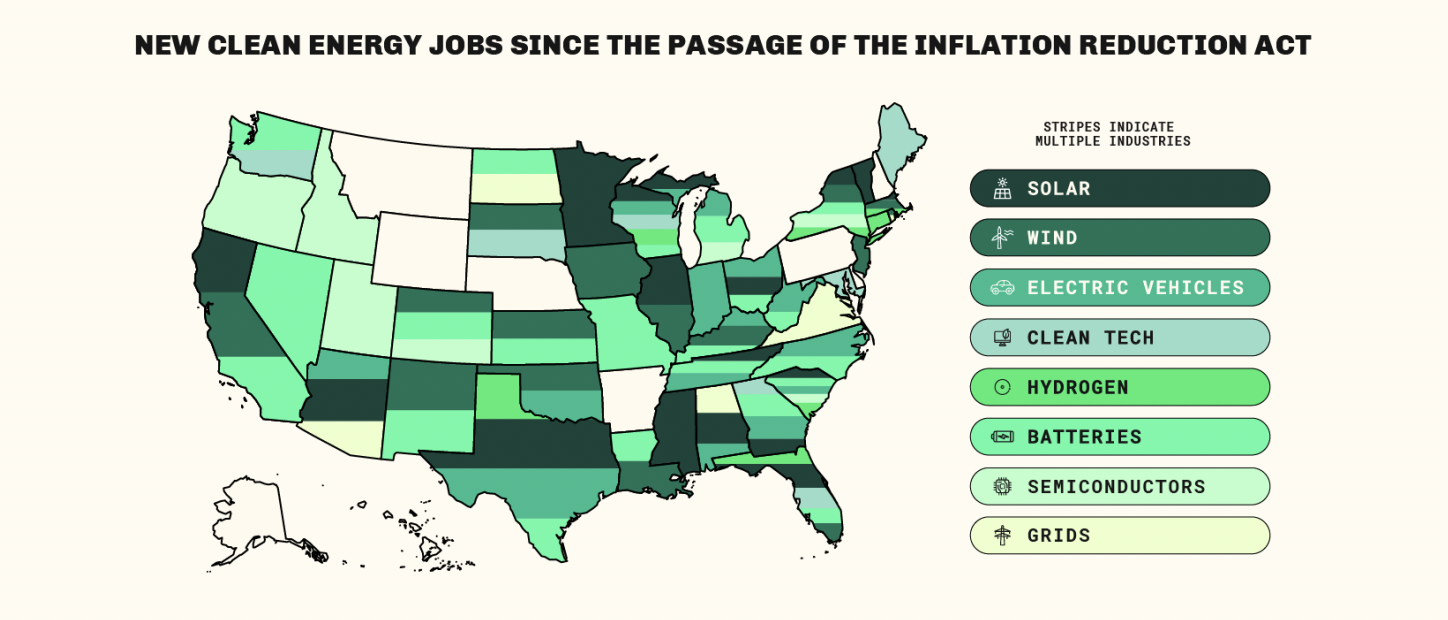
Photo Courtesy Energy Innovation Policy & Technology LLC
Here’s a look at the estimated impact of the IRA on nine states from different regions. To find data on every contiguous state, click this Energy Innovation link.
Washington
- Lower annual energy costs by nearly $47 per household in 2030
- Cumulatively prevent more than 51 million metric tons of carbon dioxide through 2050 compared to the base case
- Increase the state gross domestic product by $1 billion in 2030
- Add more than 7,100 jobs in industries such as manufacturing, construction, and sales in 2030
California
- Lower annual energy costs by nearly $70 per household in 2030
- Cumulatively prevent more than 210 million metric tons of carbon dioxide through 2050 compared to the base case
- Increase the state GDP by $6.1 billion in 2030
- Add more than 39,000 jobs in industries such as manufacturing, construction, and sales in 2030
Colorado
- Lower annual energy costs by nearly $70 per household in 2030
- Cumulatively prevent more than 280 million metric tons of carbon dioxide through 2050 compared to the base case
- Increase the state GDP by $2.1 billion in 2030
- Add more than 16,000 jobs in industries such as manufacturing, construction, and sales in 2030
Minnesota
- Lower annual energy costs by nearly $40 per household in 2030
- Cumulatively prevent more than 320 million metric tons of carbon dioxide through 2050 compared to the base case
- Increase the state GDP by $2.6 billion in 2030
- Add more than 18,000 jobs in industries such as manufacturing, construction, and sales in 2030
Texas
- Lower annual energy costs by nearly $78 per household in 2030
- Cumulatively prevent more than 3 billion metric tons of carbon dioxide through 2050 compared to the base case
- Increase the state GDP by $15 billion in 2030
- Add more than 100,000 jobs in industries such as manufacturing, construction, and sales in 2030
Ohio
- Lower annual energy costs by nearly $66 per household in 2030
- Cumulatively prevent more than 900 million metric tons of carbon dioxide through 2050 compared to the base case
- Increase the state GDP by $4.1 billion in 2030
- Add more than 29,000 jobs in industries such as manufacturing, construction, and sales in 2030
Florida
- Lower annual energy costs by nearly $61 per household in 2030
- Cumulatively prevent more than 1.6 million metric tons of carbon dioxide through 2050 compared to the base case.
- Increase the state GDP by $10 billion in 2030
- Add more than 85,000 jobs in industries such as manufacturing, construction, and sales in 2030
Virginia
- Lower annual energy costs by nearly $130 per household in 2030
- Cumulatively prevent more than 91 million metric tons of carbon dioxide through 2050 compared to the base case.
- Increase the state GDP by $1.1 billion in 2030
- Add more than 9,900 jobs in industries such as manufacturing, construction, and sales in 2030
New York
- Lower annual energy costs by nearly $64 per household in 2030
- Cumulatively prevent more than 66 million metric tons of carbon dioxide through 2050 compared to the base case.
- Increase the state GDP by $2 billion in 2030
- Add more than 13,000 jobs in industries such as manufacturing, construction, and sales in 2030

